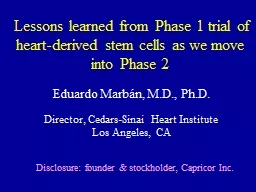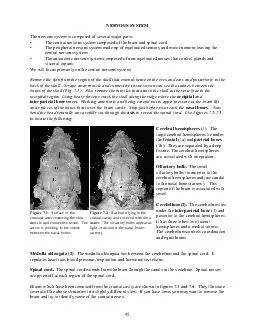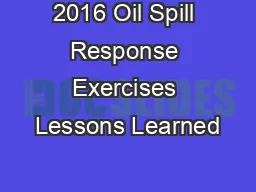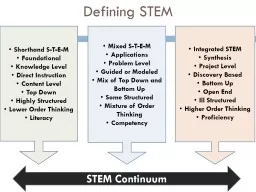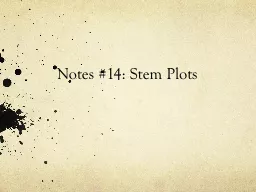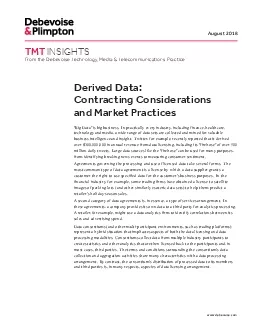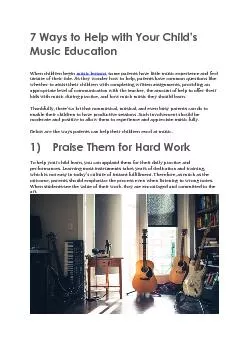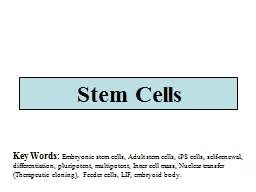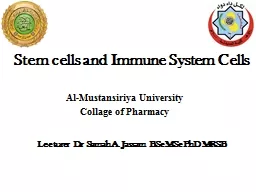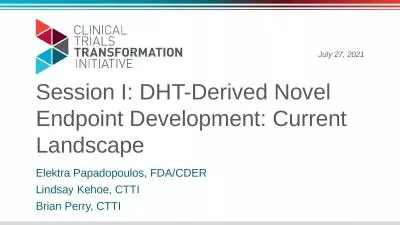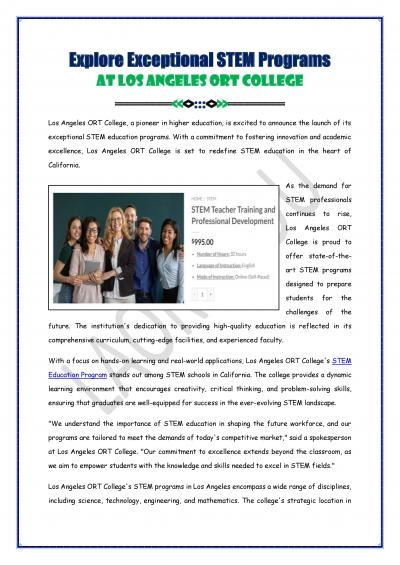PPT-Lessons learned from Phase 1 trial of heart-derived stem
Author : alexa-scheidler | Published Date : 2019-12-15
Lessons learned from Phase 1 trial of heartderived stem c ells as we move into Phase 2 Eduardo Marbán MD PhD Director CedarsSinai Heart Institute Los Angeles CA
Presentation Embed Code
Download Presentation
Download Presentation The PPT/PDF document "Lessons learned from Phase 1 trial of he..." is the property of its rightful owner. Permission is granted to download and print the materials on this website for personal, non-commercial use only, and to display it on your personal computer provided you do not modify the materials and that you retain all copyright notices contained in the materials. By downloading content from our website, you accept the terms of this agreement.
Lessons learned from Phase 1 trial of heart-derived stem: Transcript
Download Rules Of Document
"Lessons learned from Phase 1 trial of heart-derived stem"The content belongs to its owner. You may download and print it for personal use, without modification, and keep all copyright notices. By downloading, you agree to these terms.
Related Documents

